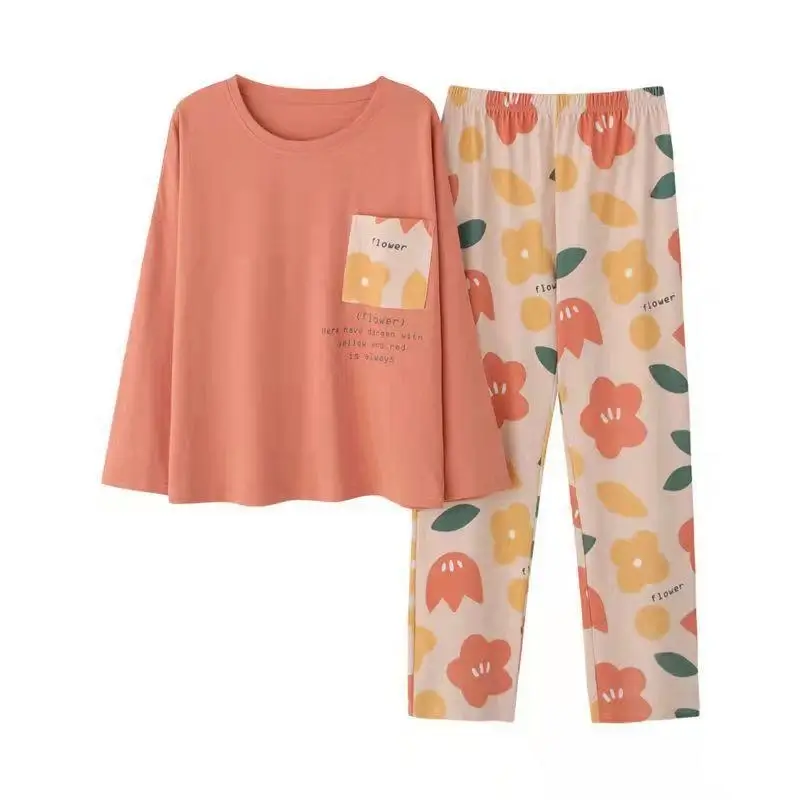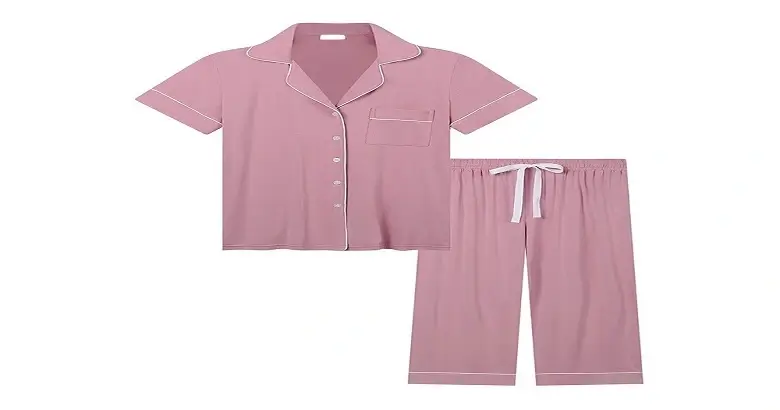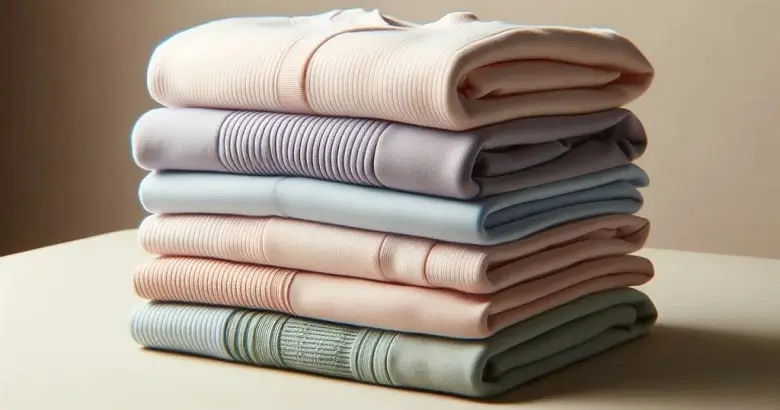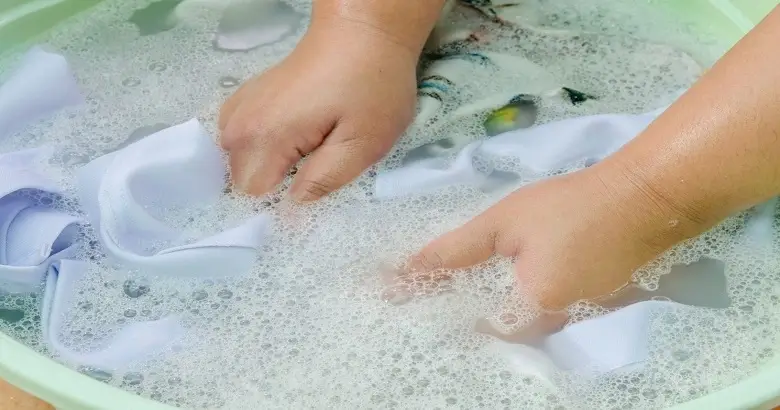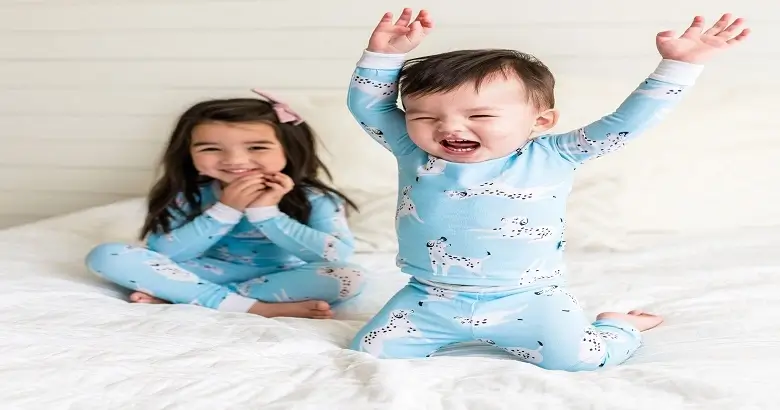Bamboo pajamas are loved for their luxuriously soft texture and natural breathability, but to keep them looking and feeling their best, proper care is essential. Unlike typical cotton or synthetic fabrics, bamboo fabric has delicate fibers that require a bit of TLC. Let’s understand bamboo pajama care, how to wash them the right way, so they stay silky, strong, and snug for years to come.
Always Read the Care Label
Before anything else, check the manufacturer’s care label inside your bamboo pajamas. Some brands may blend bamboo with other fabrics or add special finishes that slightly change the care instructions. While most bamboo sleepwear follows similar guidelines, it’s always best to follow the brand-specific advice first.
Use Cold Water and a Gentle Cycle
When machine-washing your bamboo pajamas, opt for cold water and a gentle or delicate cycle. Hot water can break down the fibers over time, causing shrinkage, fading, or pilling. A gentle cycle helps reduce agitation and keeps the fabric smooth and intact.
Choose a Mild, Eco-Friendly Detergent
Avoid harsh detergents, bleach, or fabric softeners. These chemicals can strip away bamboo’s natural softness and damage its eco-friendly fibers. Instead, go with a mild, biodegradable detergent, bonus points if it’s labeled safe for delicate fabrics or baby clothes. These options clean effectively without leaving residue or harsh chemicals behind.
Skip the Fabric Softener
You might think fabric softeners make your pajamas even cozier, but with bamboo, they’re unnecessary and can actually be counterproductive. Bamboo fabric is naturally soft and moisture-wicking, but fabric softeners coat the fibers, reducing breathability and moisture absorption over time.
Wash with Similar Fabrics
It’s best to wash your bamboo pajamas with other lightweight and soft fabrics. Avoid mixing them with rough items like jeans, towels, or clothing with zippers and hooks. These can cause abrasion and lead to snags or tears in the bamboo fabric.
Air Dry When Possible
Tumble drying bamboo pajamas on high heat can cause them to shrink or lose their shape. The safest method? Lay them flat on a drying rack or hang them up to air dry. If you’re short on time and need to use the dryer, choose the lowest heat setting and remove them while they’re still slightly damp to air-dry the rest of the way.
Avoid Direct Sunlight
Drying bamboo fabric in direct sunlight can cause colors to fade. To preserve that soft sheen and vibrant color, dry your pajamas in a shaded, well-ventilated area.
Handle Stains Gently
If your pajamas get stained, treat the spot gently. Dab (don’t rub!) with a mild detergent and cold water. Let it sit for a few minutes, then wash as usual. For stubborn stains, pre-soaking in cold water with a little baking soda can help lift the discoloration without damaging the fabric.
